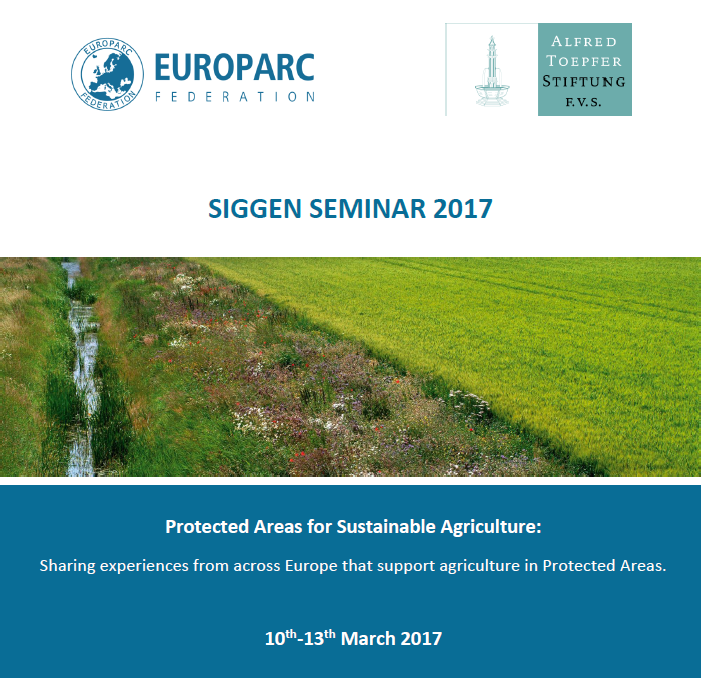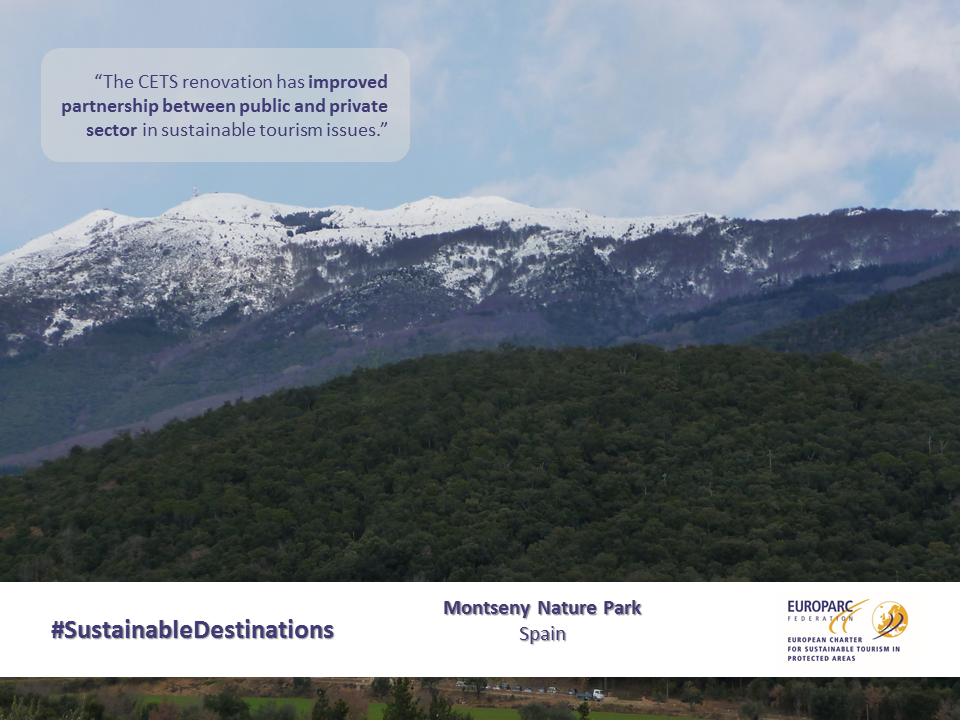Sustainable Agriculture: the importance of building partnerships
Autumn Sunset at Lough Tay, Ireland © Ronan
Article issued by Brian Dunne,
extracted from EUROPARC Journal Protected Areas In-Sight 2016
Wicklow Uplands Council; twenty years of consensus and partnership
Located immediately beside Dublin, County Wicklow is renowned as the ‘Garden of Ireland’ due to the diversity and quality of its landscape. Rolling mountains, conical peaks, glaciated valleys and deep lakes characterise the Wicklow Uplands, the largest upland area in Ireland. Every element of Wicklow’s landscape has the imprint of human activity.
Established in 1997, Wicklow Uplands Council is a sustainable development NGO which formed in response to growing pressures facing the sustainability of the uplands. The Council works for the sustainable use of the uplands in consensus and partnership with those who live and work in the region and those who use it for recreational purposes. Membership is represented by local and national organisations and individuals. Consensus is the cornerstone of the organisation with no single decision voted upon since its inception.
The importance of local partnerships
The Council recognises the necessity for collaboration and partnership in all projects in order to achieve sustainability and is committed to work with all stakeholders in the spirit of Local Agenda 21. Supporting upland farmers and promoting the best management of our upland habitats is one of a number of ongoing projects.
A decline in traditional hill farming, due in part to restrictions in vegetation management has resulted in overgrown habitats and a decline in overall upland biodiversity. A working group comprised of local farmers, farming organisations and statutory partners was formed to address these issues. The group lobbied for the provision of a Sustainable Agri-Environmental Scheme which would provide optimal conditions for upland biodiversity through hill farming with farmers remunerated for services provided. There is now provision for ‘Locally Led Agri-Environment Schemes’ under Pillar II of the Rural Development Programme and a call for applications for upland areas is expected imminently.
The bottom-up approach to upland management employed by Wicklow Uplands Council provides local perspective, engagement and energetic enthusiasm. These ideas are brought to statutory partners who can provide vital professional expertise and proficiency in legislative and funding frameworks. Project funding can vary but is typically sourced from EU and national programmes.
The Council continues to develop the partnership concept in many other innovative ways. Establishing partnerships is a challenging but rewarding process and land management partnerships in particular will remain at the core of the Council’s work.
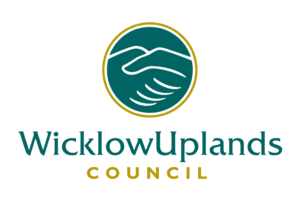 Further details on Wicklow Uplands Council and all our projects can be found on www.wicklowuplands.ie
Further details on Wicklow Uplands Council and all our projects can be found on www.wicklowuplands.ie
Are you working in the field of Sustainable Agriculture within your Park?
The EUROPARC Federation is looking for members who have agriculture production in or around their Protected Area, and want to understand and develop more sustainable agriculture practices. The invitation is to join the Siggen Seminar, a free training for members, that will take place in north Germany, from the 10-13th March.
All information is available here and if you are interested in participating register before the 24th February!
Gathering of fungi as a tool for biodiversity conservation in Plitvice Lakes National Park
Photo by Eduardo Batista, Plitvice Lakes National Park, Croatia
Gathering of fungi as a tool for biodiversity conservation in Plitvice Lakes National Park, Croatia
article issued by Eduardo Batista
Every year, the Alfred Toepfer Natural Heritage Scholarship (ATS) supports the work of young conservationist in protected areas across Europe. Eduardo was one of the winners of the Scholarship in 2015.
The Plitvice lakes National Park in Croatia is well known worldwide for the unique lakes and waterfalls. The fauna and flora of the park enrich even more the uniqueness of this protected area. With almost 1500 plant taxa and with a rich local animal life, the Plitvice National Park is an example of environmental education for more than one million visitors per year.
Why a study about fungi?
Recent studies show us that 10-20% of European mushrooms may be threatened and few countries had developed a conservation policy regarding macrofungi. National parks and protected areas in some regions are the unique natural contact that citizens have and it’s important to use them as an educational resource to promote their conservation.

Oudemansiella mucida, Photo by Eduardo Batista, Plitvice Lakes National Park, Croatia
With the Scholarship awarded by EUROPARC Federation and the Alfred Toepfer Stiftung, I aimed to work at 2 levels:
- CONSERVATION – Elaboration the fungi checklist of Plitvice Lakes National Park and draw up a guide of best practices of fungi conservation
- EDUCATION – understand how the macrofungi community can help to enrich the educational value of the existing trails in the park and what a normal visitor can expect and learn from the mycological resources
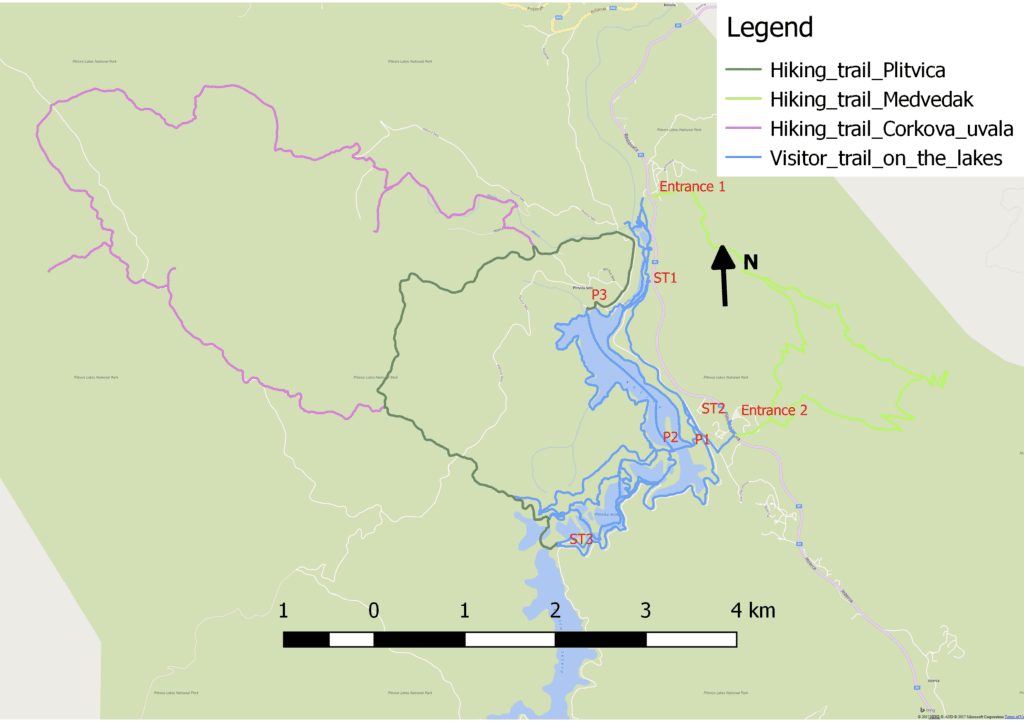
One of the trails analysed by Eduardo Batista, Plitvice Lakes National Park, Croatia
During eight days, all the existing trails were analyzed based on an evaluation framework. In the final report, five trails are discussed, regarding their mycological interest and management practices are recommended.
In the five selected trails, 45 different macrofungi species were identified without leaving the trails. With this visit, I expected to raise the awareness not only of visitors but also of local staff – increasing their awareness of the existent mycological resources in the park and to create a framework of discussion for new management and conservation practices respecting the fungi biodiversity.
From a management perspective, the park implemented a “non-dead wood removal policy” that allows a significant decomposition along the park. This dead wood is essential to maintain and promote several ecological processes. However, if this “dead wood” would be located near the trails it would allow the visitor to have more contact with several saprophytic fungi. Is important to create an enjoyable experience without the need of leaving the trails. This action of promoting biodiversity near the trails is very important taking into consideration the huge number of visitors per year.
Fungi: future considerations for European Protected Areas
In 2007, the European Council for Conservation of Fungi (ECCF) presented a document entitled “Guidance for the Conservation of Mushrooms in Europe” where the efforts to identify and report conservation actions of the European macrofungi community were evaluated. According to this document, most European countries have produced fungal Red-list and more than 5 500 different macro fungi are red-listed in at least one European country. These numbers show us that 10-20% of European mushrooms may be threatened, putting the fungi conservation as a priority.
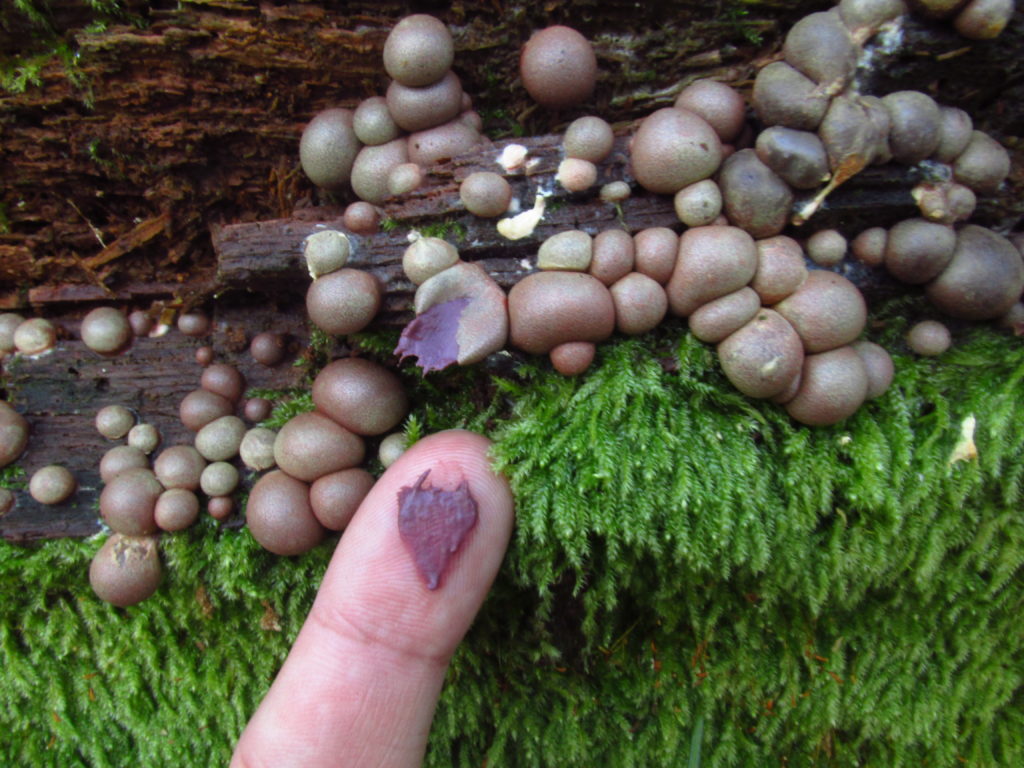
Photo by Eduardo Batista, Plitvice Lakes National Park, Croatia
All protected area should describe their fungi community and in case of forest management activities, the impact should be studied. Only after a long-term study, it will be possible to analyse if there are some endangered species and which factors are leading to that. After that, conservative measures regarding fungi diversity should be included in the management plan of each organisation/protected area.
to do list for Parks:
- describe their fungi community in a long-term study
- analyse possible endangered species
- develop educational information to be provided to visitors raising the importance of the fungi world.
Download Eduardo’s full report
For more information, you can consult the “European Charter on Fungi- Gathering and Biodiversity -2013” prepared by Scott Brainerd and Sarah Doornbos on behalf of the Bern Convention.
Engaging Sustainable Partners – Montseny Nature Park
Charter Partners awarded by Montseny Nature Park, December 2016
Montseny is one of the most visited Sustainable Destinations in Catalonia, Spain, who started its journey with the European Charter for Sustainable Tourism in Protected Areas (ECST) in 2011. In December 2016, Montseny renovated their commitment with Sustainable Tourism and was re-awarded in Brussels, at the Charter Award Ceremony.
Montseny is successfully implementing Charter Part II – Sustainable Partners, and have been recognised by their work with the local stakeholders. We’ve asked Elisabet Ros Garriga, technician of the Park and responsible for the ECST implementation, to tell us more about their engagement strategy.
article issued by Elisabet Ros Garriga
A glimpse of Montseny Nature Park
Parc Natural del Montseny is located in the Provinces of Barcelona and Girona, in Catalonia, Spain. It is one of the oldest natural Parks in Catalonia and one of the most known of the region. The Park has 31,063.90 ha. and 85% of the Park’s surface is privately owned. Montseny was designated as Biosphere Reserve by UNESCO in 1978 and extended in 2014 to cover an area of 50.166,63 ha.
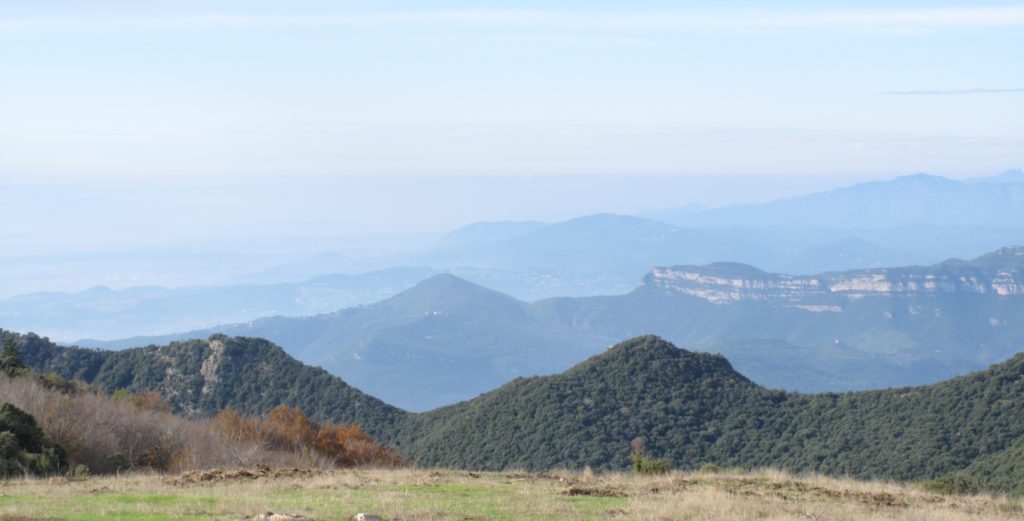
Parque Natural Montseny © JA Atauri
Montseny is the largest and highest massif of the pre-littoral mountain range: its relief starts with elevations of less than 200 metres to just over 1,700 m. The differences in humidity and temperature of the diverse environments make it a natural area extraordinarily rich in vegetation. In the lower areas we can find typically Mediterranean formations of vegetation; in the rainy mid-mountain area, mountain holm oak forests and oak woods; in the areas above 1,000 metres, beech woods and fir trees and on the peaks, scrubland and alpine meadows. The Park is less than one hour from the city of Barcelona (1.6 million inhabitants) and its metropolitan area (1.6 million inhabitants). As a result, the Park has a high number of
The Park is less than one hour from the city of Barcelona (1.6 million inhabitants) and its metropolitan area (1.6 million inhabitants). As a result, the Park has a high number of visitors estimated from 75,000 to 1 million per year.
The Charter for Sustainable Tourism: working together
The Charter Area is much larger than the Park, covering 27 municipalities: 18 belong to the Park whilst the others are completely outside the Park but they have a traditional link to the massif of Montseny.
Montseny was awarded the ECST for the first time in 2011; fulfilling Europarc’s requirements. In 2015, we began to work on the Charter renovation.
During the renovation process, the Permanent Forum met 4 times, gathering a high number of members: participation of private and public sector was about 40 participants in each session. To underline is that during the renovation process, the focus was set on ensuring real participation for the next Charter period. Therefore, municipalities were asked to formally arrange this commitment by appointing a “Charter person”.
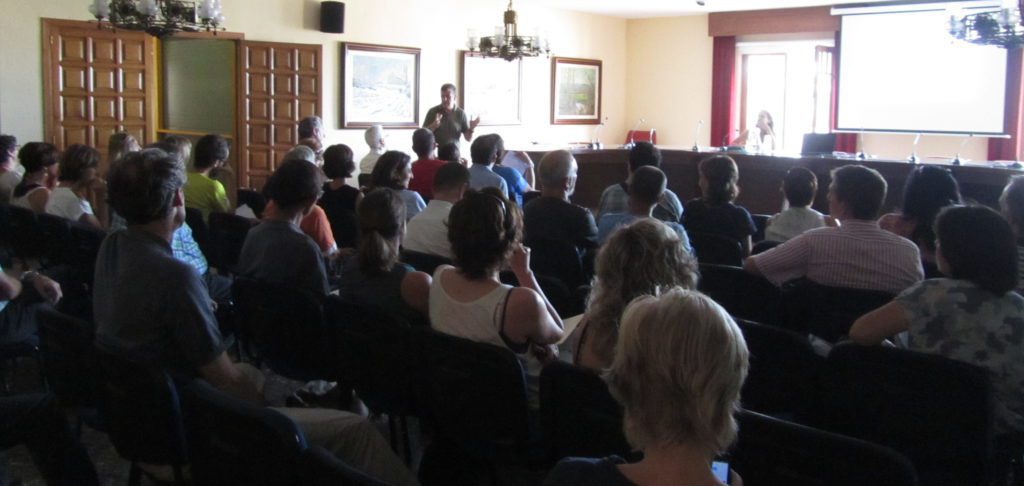
ECST meeting with partners
Involvement and Recognition
On May 2016 took place the renovation audit which let the verifier Amanda Guzmán get closer to the main strengths of the ECST in Montseny as well as to the challenges that the area is still facing. The Verifier’s report congratulates the Charter area for its improvement in communication and its work in cooperation with and amongst different stakeholders. The report also highlights the involvement of the Associació d’Empresaris Turístics del Montseny (Association of Tourism Businesses in Montseny) as an organisation that brings together the entire scope of the ECST.
Sustainable Partners: Implementing Charter Part II
Regarding Charter Part II – Sustainable Partners in Charter Areas, the first batch of 10 companies were awarded the Charter in December 2014 whilst the second batch of 7 enterprises was recently awarded – December 2016.
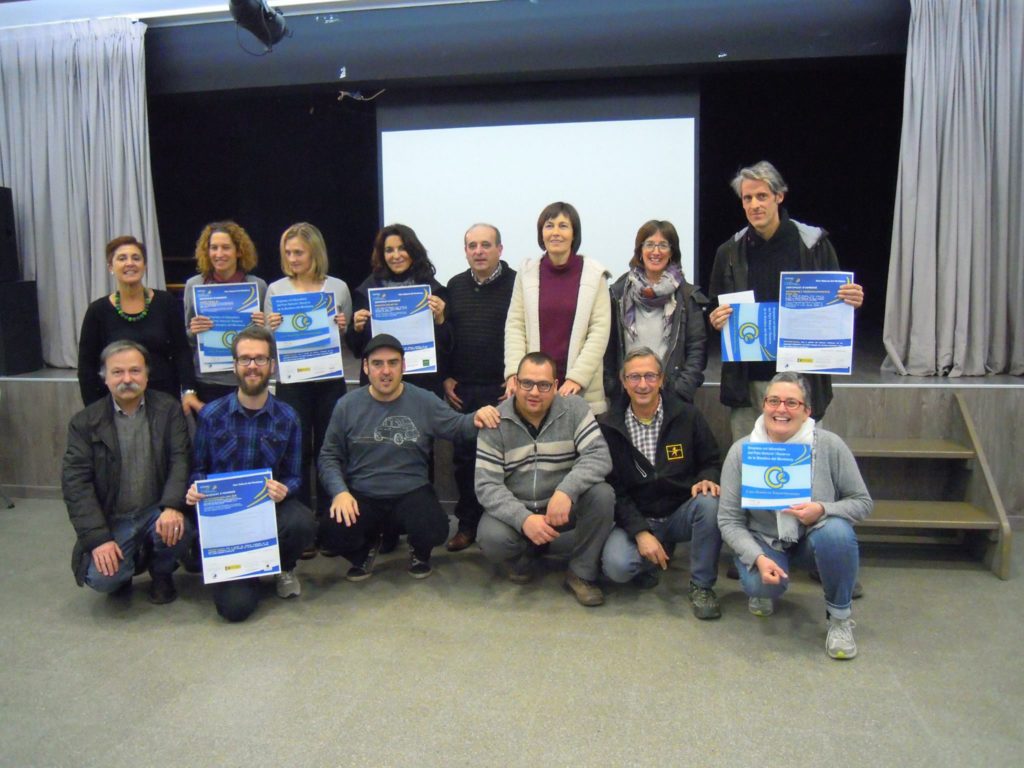
Charter Partners awarded by Montseny Nature Park, December 2016
Park has been working on dissemination actions, positive discrimination of these companies as suppliers and funding of the Charter Part II process itself. Businesses are restaurants, hotels and rural guest houses, guiding and educational services as well as local producers offering guided visits to their farms.
The companies have also created a working group where joint action on communication activities is currently discussed. The Partners awarded have a dedicated page on Montseny’s website: http://parcs.diba.cat/web/turisme-sostenible-als-espais-naturals/restaurants1
For implementing and monitoring Charter Part I and II an external consultant company (REPTE) has been hired for developing a Charter Secretariat. This combination had good results and it was considered “positive to have an external and expert view during the process” in the Verification report.
For more information about the Charter in Montseny contact p.montseny.cets @ diba.cat.
The Environmental Implementation Review
The Environmental Implementation Review, a new tool produced by EU Commission - DG Environment is available at http://ec.europa.eu/environment/eir/
Yesterday, the European Commission announced a new way to help Member States applying EU rules, on the level of waste management, nature and biodiversity, air quality, water quality and management: The Environmental Implementation Review (EIR).
Environmental Implementation Review: improving the implementation of EU environmental policy
The full implementation of EU environment legislation could save the EU economy €50 billion every year in health costs and direct costs to the environment. According to Eurobarometer, 3 out of 4 citizens consider European laws necessary to protect the environment in their country, and 4 out of 5 agree that European institutions should be able to check whether the laws are being correctly applied.
The Environmental Implementation Review aims to:
- improve the common knowledge about existing implementation gaps on EU environmental policy and law in each Member State;
- provide new solutions complementary to legal enforcement;
- address the underlying root and often cross-sectoral causes of these gaps;
- and stimulate exchanges of good practices.
Based on the diagnostic, the Commission would be ready to accompany the Member States’ own efforts with technical and financial support and if necessary, with expertise underpinning structural reforms.
Karmenu Vella, Commissioner for Environment, Fisheries and Maritime Affairs, said: “Patchy and uneven implementation of environmental rules helps no one. Improving how environmental laws are applied benefits citizens, public administrations and the economy. This is where the Environmental Implementation Review (EIR) comes in. The European Commission is committed to helping Member States make sure that the quality of their citizens’ air, water and waste management is of the highest standard. This Review provides the information, the tools and the timetable to do this”.
The Environmental Implementation Review Package
- 28 country reports which map national strengths, opportunities and weaknesses;
- a Communication to the EU institutions, summarising the political conclusions of the country reports and examining common trends and good practices
- Guidance for members, with suggested actions for better environmental implementation
What does the EIR say about Protecting Nature and Biodiversity:
policy findings, successful practices, and concrete actions suggested to Member States
Specifically about protecting nature and biodiversity, the Review shows that, despite many local success stories, the implementation of EU nature legislation needs to be stepped up, as confirmed by the EU Fitness Check of the Birds and Habitats Directives. Otherwise, biodiversity loss will continue in the EU, compromising the capacity of ecosystems to provide for human needs in the future.
The most frequently reported pressures and threats to biodiversity are:
- For land ecosystems: non-sustainable agricultural practices, the modification of natural conditions, and pollution.
- For marine biodiversity: unsustainable fishing and harvesting of aquatic resources, modification of natural conditions, climate change and ocean acidification, pollution by chemicals, plastics and noise.
Policy findings
– The assessment of the 28 EIR country reports reflects the findings of the State of Nature 2015 report prepared by the European Environmental Agency, i.e. the overall status of protected species and habitats has not significantly improved over the last six years.
– Across the EU, more than three-quarters of the habitats assessments indicate an unfavourable conservation status and a significant proportion is continuing to deteriorate. As regards non-bird species, 60% of EU level assessments indicate an unfavourable status. The status of 15 % of all wild bird species is near threatened, declining or depleted and another 17% are threatened.
– While there has been progress in many areas and there are local success stories, there are significant gaps in implementation, financing and policy integration. At the current rate of efforts, biodiversity loss would continue in the EU with potentially serious consequences for the capacity of natural ecosystems to provide for human needs in the future.
– Only seven Member States have (almost) completed the designation of “Sites of Community Interest” under the Habitats Directive. 17 Member States have designated most sites on land but there are insufficiencies in the marine component of their network. The remaining four Member States have insufficiencies both on land and sea.
– Systemic issues causing poor implementation of the Nature Directives are the absence of management plans for Natura 2000 sites or their management. The country reports provide evidence for three Member States that are struggling with applying appropriate assessment procedures to determine the effect of new plans and projects on Natura 2000 sites.
– A lack of knowledge on species, habitats and sites is one of the major obstacles to effective implementation in most of the Member States, including with regards to marine ecosystems.
– Further issues are a lack of adequate funding, a lack of human resources and poor involvement and engagement of local communities and stakeholders such as landowners and land users.
Successful practices
France has developed an effective participatory approach for the management of its Natura 2000 network, which has also created several hundred jobs. The French Green and Blue Trails (TGB) provide a planning tool used by the regional and local levels to establish coherent ecological networks.
Belgium: Thanks to an extensive range of Natura 2000 sites restoration measures carried out since 2003 in the frame of six coordinated LIFE projects covering several thousands of hectares of peat bogs and wetlands in the Belgian Ardennes16, the Belgian authorities were able to report, in 2013, significant positive trends in the conservation status of a dozen different habitat types and associated species protected by the EU Habitats Directive .
Estonia has provided one of the most complete integrated planning frameworks for the financing of Natura 2000 sites from different EU funds. Estonia presented a comprehensive priorities action framework, including conservation priorities, measures needed to achieve improvement of conservation status of the protected habitats and species, and related financing needs, together with a thorough analysis of financing opportunities.
The Netherlands is a leader in the area of natural capital accounting. It has finalised a large natural capital programme19 providing evidence on how the concepts of natural capital and ecosystem services can be integrated into decision-making in different domains, such as agriculture, flood defence and international trade. The Netherlands also tested local level ecosystem accounts. NGOs, companies and governmental organisations have agreed to collaborate on the valuation of natural and social capital.
Suggested Actions
| SUGGESTED ACTIONS | MEMBER STATES |
| · Complete the site designation process, including in the marine part, and put in place clearly defined conservation objectives and the necessary conservation measures for the sites and provide adequate resources for their implementation in order to maintain/restore species and habitats of community interest to a favourable conservation status across their natural range. Complete and update prioritised action framework (PAFs). Improve knowledge and data availability to be in a better position to implement appropriate conservation measures. | AT, BE, BG, CY, CZ, DE, DK, EE, EL, ES, FI, FR, HR, HU, IE, IT, LT, LU, LV, MT, NL, PL, PT, RO, SE, SI, SK, UK |
| · Ensure that Natura 2000 management plans are being effectively implemented with administrative capacity and finance. Build capacity of competent authorities (central, regional, site management bodies) to implementing Management Plans, increasing awareness about Natura 2000 and incentives for investments promoting its benefits, and tackling illegal activities affecting wildlife through enhanced enforcement, both within and outside Natura 2000 areas. | BG, EE, EL, IT, PL, RO, SI, SK |
| · Develop and promote smart and streamlined implementation approaches, in particular as regards site and species permitting procedures, ensuring the necessary knowledge and data availability and strengthen communication with stakeholders. | AT, BG, CY, CZ, DE, EE, ES, HU, IT, LT, MT, PL, PT |
| · Continue supporting the mapping and assessment of ecosystems and their services, evaluation and development of natural capital accounting systems. | AT, BE, BG, CY, CZ, DE, DK, EE, EL, ES, FI, FR, HR, HU, IE, IT, LT, LV, MT, NL, PL, PT, RO, SE, SI, SK |
| · Build the capacity of the administration in order to improve Appropriate Assessment procedures and prevent deterioration of Natura 2000 sites from damaging developments. | CY, EL, IT |
| · Ensure the appropriate enforcement of hunting bans for protected bird species. | CY, FR, MT |
| · Strengthen the integration of biodiversity concerns into other policies (in particular in agriculture, but also in forestry, fisheries, urban and infrastructure planning and tourism) and the promotion of communication between actors. | DE, DK, FR, PT, SI |
| · Optimise the contribution of the Natura 2000 and the national nature networks to achieving good conservation status, and to reduce habitat fragmentation, atmospheric nitrogen deposition, desiccation and acidification. | NL |
| · Avoid further habitat fragmentation and take measures to restore connectivity. | LU |
| · Ensure that the Rural Development Programmes and the implementation of greening favour biodiversity measures and contribute to achieving a favourable conservation status of habitats and species, especially for the maintenance of High Nature Value farming | LU, NL, RO |
| · Capitalise valuable natural capital to create jobs and income. In this context, promoting further sustainable tourism. | EL, ES |
| · Continue to support the ongoing work on a sustainable partnership for biodiversity protection, sustainable development and climate change adaptation and mitigation measures in the Outermost Regions and the Overseas Countries and Territories | FR, UK |
| · Improve the incentives for foresters and farmers to better protect forest and grassland habitat. Ensure the sustainable forest management and promote efficient use of biomass. | LV, SK |
For more information about the EIR please contact Stefania Petrosillo, EUROPARC Policy officer at s.petrosillo @ europarc.org.
